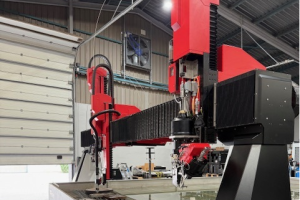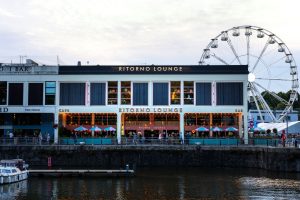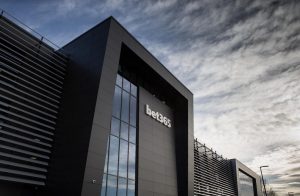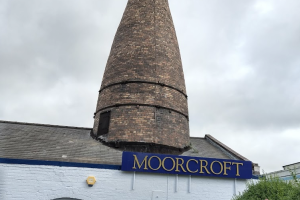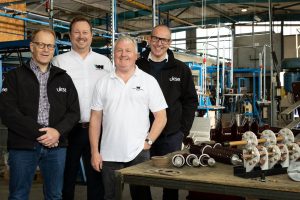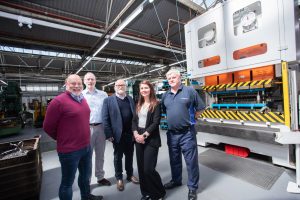Archaeologists complete major excavation project to pave way for HS2
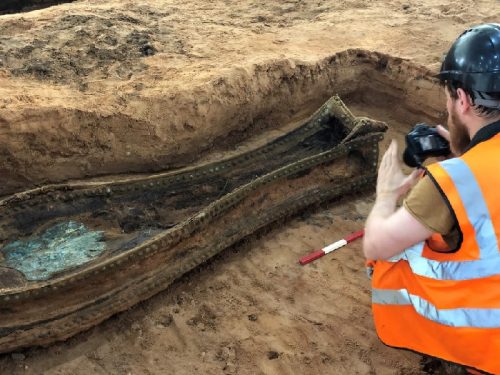
Archaeologists working on the HS2 Curzon Street station site have excavated 6,500 skeletons from a 19th-Century burial ground to make way for an HS2 high speed rail station.
A team of 70 of archaeologists have completed the main archaeological excavations at Park Street, the biggest of its kind in Birmingham’s history.
MOLA Headland Infrastructure said it will examine the skeletons in closer detail, alongside artefacts discovered within the burial ground, including figurines, coins, toys and necklaces.
“Names plates have been found with a small number of the people buried at the site and we will combine research of historical documents, such as parish records and wills, with analysis of the skeletons, to develop detailed biographies of these individuals,” MOLA said.
The project took 12 months to complete.
Park Street burial ground was opened in 1810 as an overflow cemetery for St Martin-in-the-Bullring. It closed to public burials in 1873.
Mike Lyons, HS2 West Midlands programme director, said: “Birmingham is at the heart of the HS2 network and we’re proud to have reached this first major milestone in the construction of Curzon Street station.
“We already know that Birmingham played a pivotal role in the Industrial Revolution and HS2’s archaeology programme will allow us to tell the story of the skilled workers who fuelled it.
“As part of our commitment to being a good neighbour, we’ve teamed up with the National Trust’s Heritage Open Days where we will be sharing with the local community our discoveries and insights from the site and what we’ve learned so far.”
Claire Cogar, lead archaeologist from MOLA Headland, said: “The careful and fascinating excavation of Park Street burial ground is telling us a great deal of the effects of life in 19th-century Birmingham on the population. By analysing the archaeological remains, we hope to build a picture of the lives of the people who built Birmingham and made the city what it is today, from the diseases they suffered and what they ate, to where they came from. Our initial findings have already identified evidence of diseases including scurvy and rickets.
“We have also found interesting objects placed into burials. One burial contained a bone-handled knife, another had a figurine and others contained dinner plates. These finds provide insights into the types of burial rituals, traditions and practices of the 19th-century.”
Following archaeological and scientific research, the remains will be reburied together in consecrated ground at a suitable location identified in consultation with representatives of the Church of England.

